Technology is changing the way that people are communicating with one another. Nowadays, instead of writing by hand, we text, type, tweet, call, and everything in between.
In China, WeChat (a mobile app) is the most popular social media platform with 1.08 billion active users. WeChat features text messages with pinyin input, voice messaging, and audio dictation. These features make communication efficient. Yet, they also cause a growing problem- Character Amnesia.
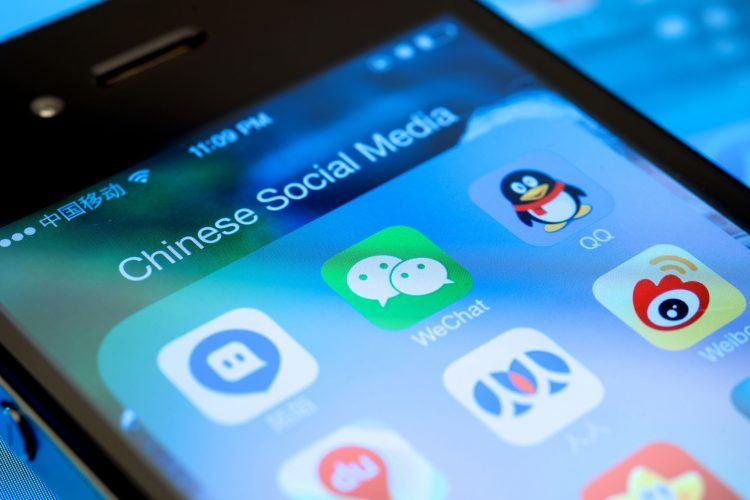
What is Character Amnesia?
In Chinese, Character Amnesia is tíbĭwàngzì- roughly translating to “raise the pen and forget the character.” While English uses letters, Chinese characters consist of unique combinations of strokes.
Thanks to autocorrect, many English speakers have forgotten how to spell. Pinyin input works in a similar fashion. I can input the pinyin of the character (its phonetic translation) and a list of similar-sounding characters will pop up.
It's like a multiple-choice test. Instead of recalling how to exactly write the character, like in a short-response question, I just need to "recognize" the right answer. With pinyin input, I can choose the character instead of remembering how to write it.
Many psychology studies show that free recall helps us remember more information than recognition. So, if I don't need to think about the strokes, I will simply forget how to write them.
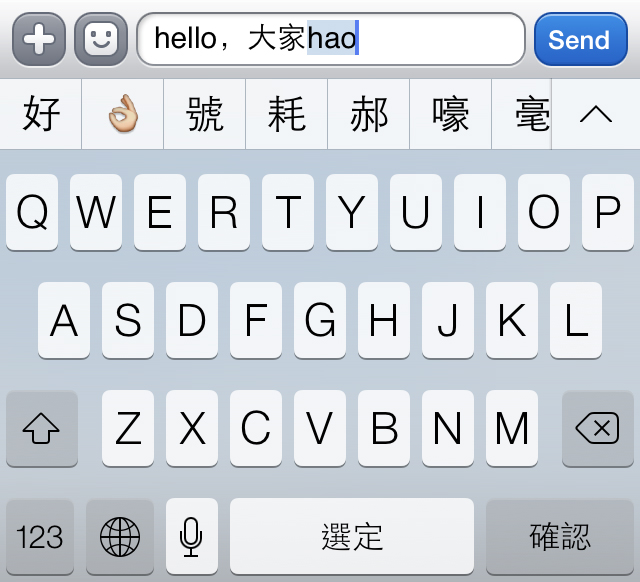
So what does this mean for China?
Chinese writing is a sort of logogram; the character represents a word or phrase. While you can sound out English words, you can’t do the same with Chinese characters. Thus, forgetting how to write is disastrous, especially for Chinese students who have to take exams by hand. By relying on technology to look up a character, you are less likely to memorize it. In the end, the reliance creates a never-ending positive feedback loop. The more we use technology to jog our memory, the more we forget.
Character Amnesia can also impact the culture. This is most telling when it comes to calligraphy. Calligraphy is an art form that involves writing characters using ink and a brush. Good calligraphy requires an artist that understands the strokes in the character. As more Gen Zers lose the ability to write, calligraphy may become a rare art. In addition, Gen Zers may struggle to appreciate and understand the rich history behind the characters.
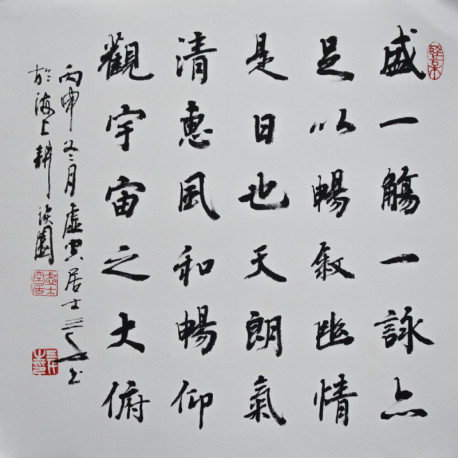
Luckily, smartphones do offer a solution. Many smartphones have a keyboard option where users can handwrite characters. Although slower than the pinyin input, it allows users to practice handwriting. It also benefits the older population who don’t get to write as often. So, the same technology that contributes to character amnesia can also be a means of amending it.
How China chooses to wield this double-edged sword can make all the difference.
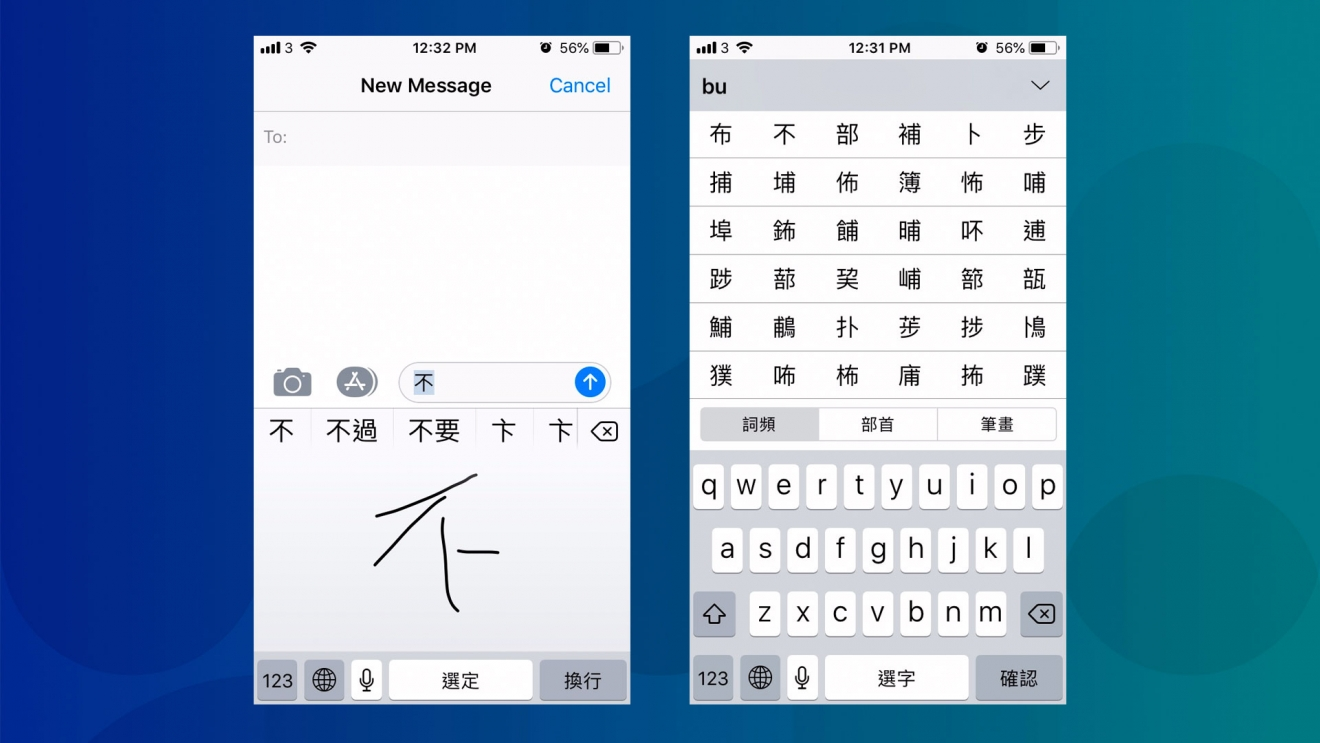
[zombify_post]

0 Comments